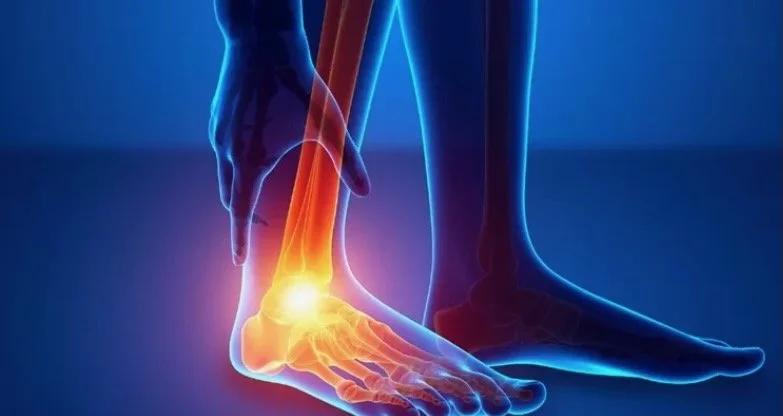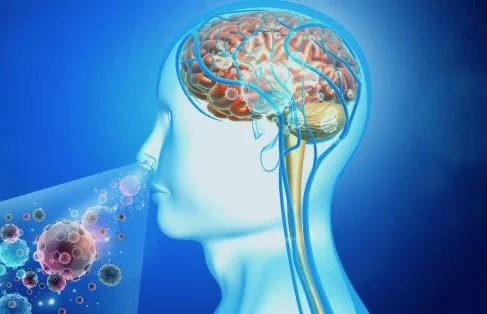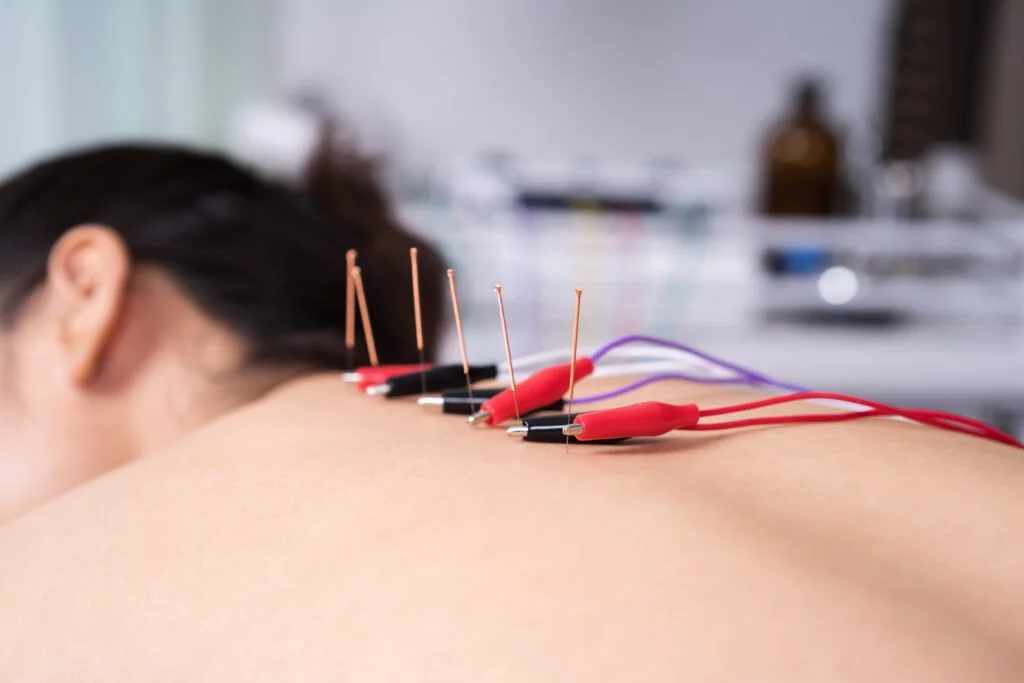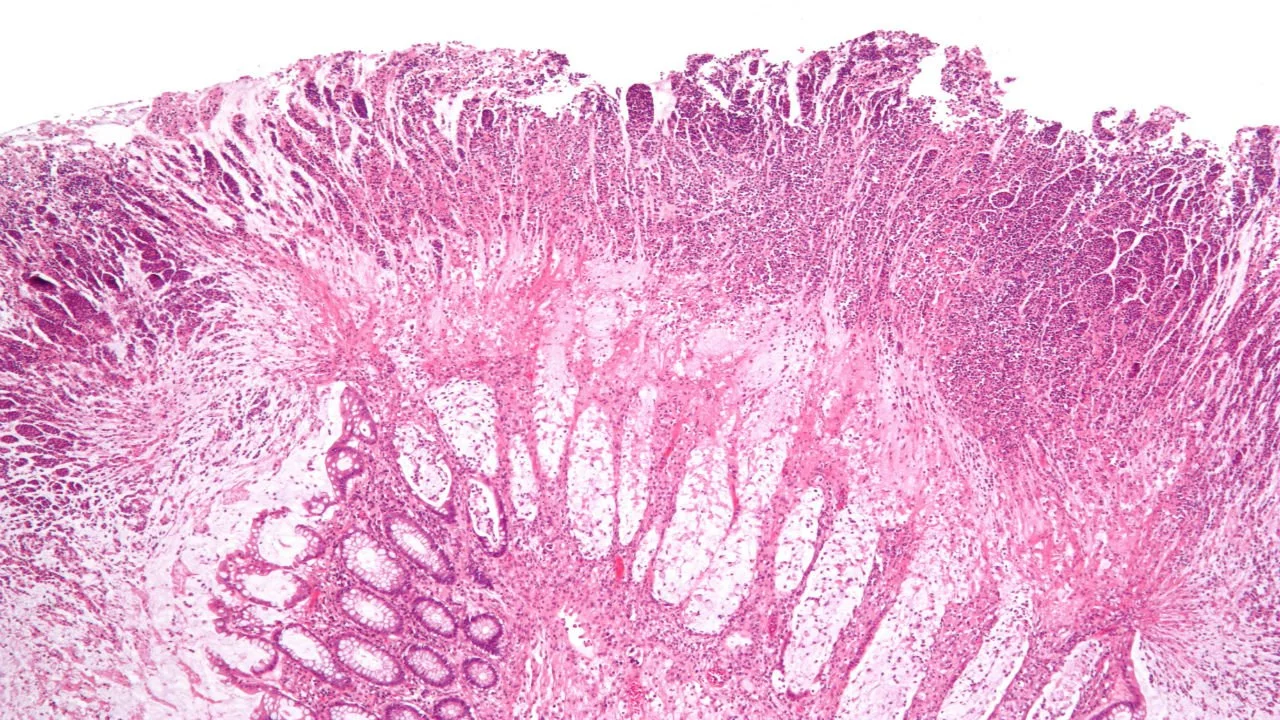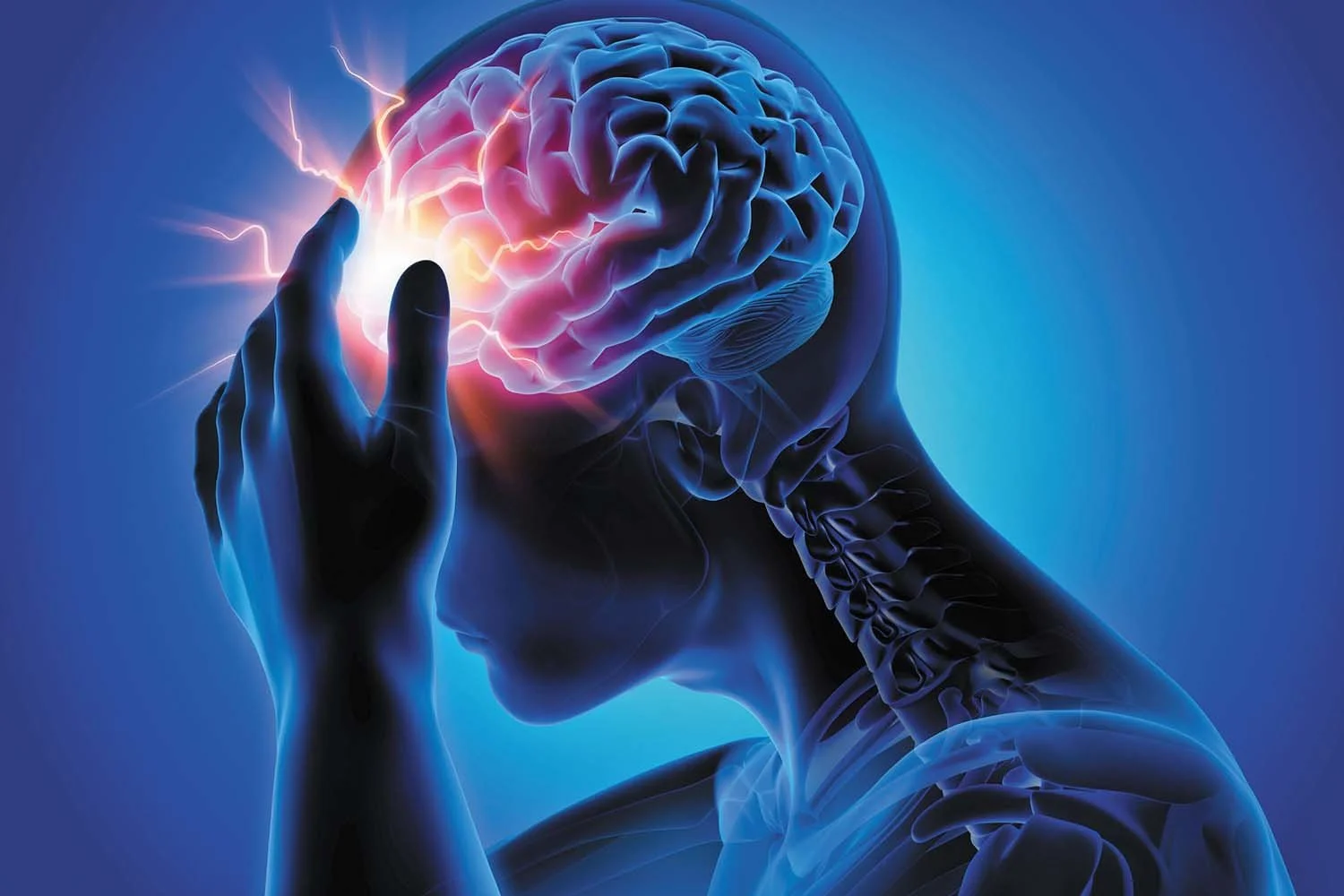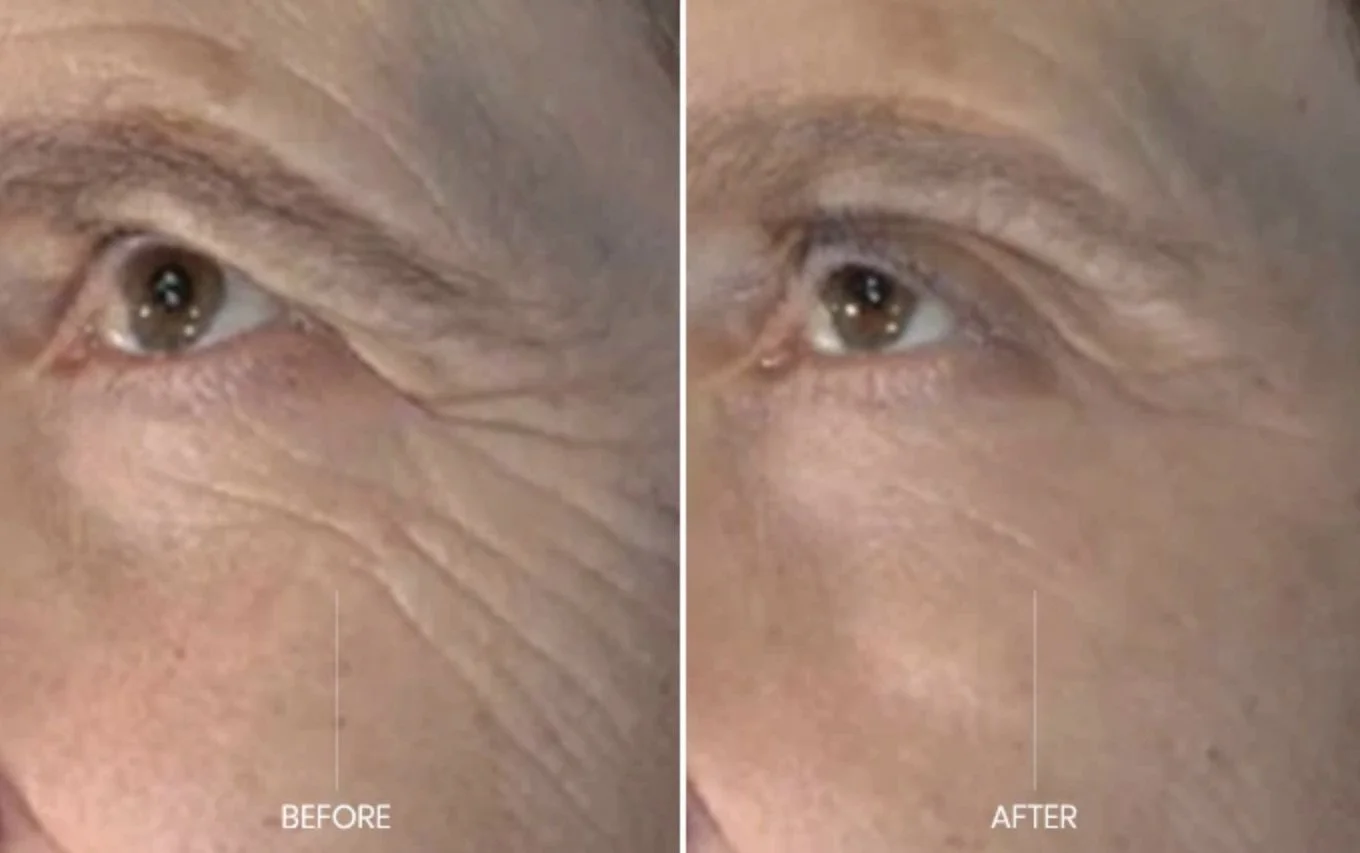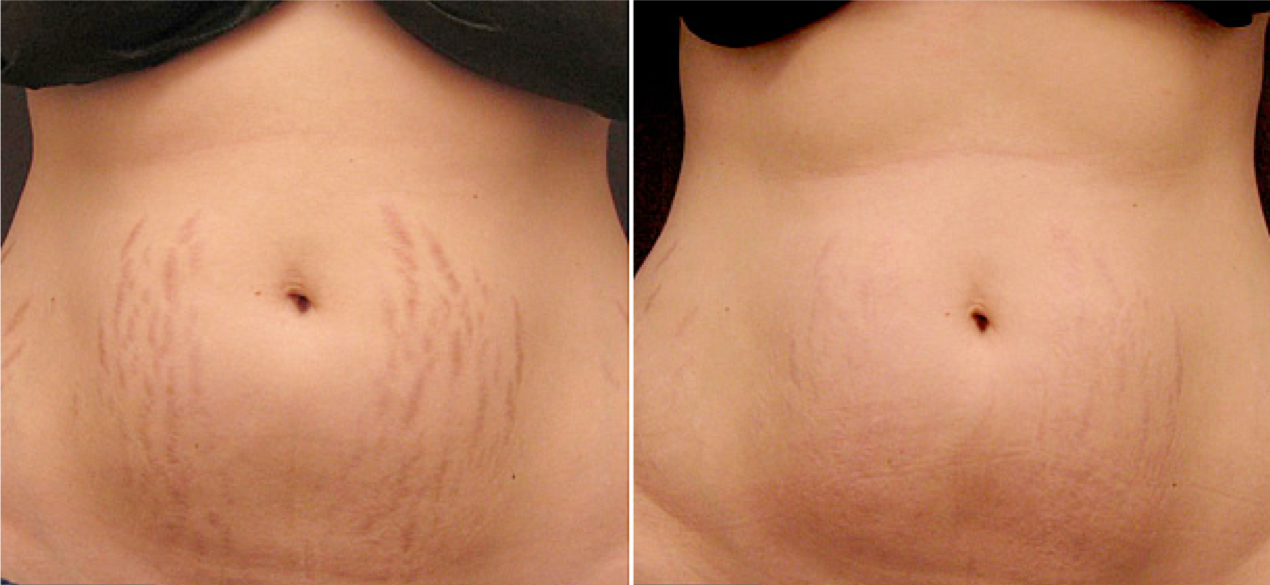ACUPUNCTURE FOR PLANTAR FASCIITIS
/Our understanding of plantar fasciitis is evolving. Emerging research points towards a non‑inflammatory condition of the plantar fascia, rather than classic inflammation — characterized by micro‑tears and disorganized collagen. Because of this, it’s now often referred to as plantar fasciopathy.
Recent clinical studies show that acupuncture is among the most effective modalities for plantar fasciopathy versus placebo and other non‑invasive treatments. Let’s take a look at why acupuncture works, and what you can expect during a course of treatment.
Acupuncture’s Mechanisms of Action for Plantar Fasciopathy
Neuromodulation: Needle insertion activates nerve fibers which can modulate pain pathways and reduce central sensitization in plantar fasciopathy.
Local effects and circulation: Improved local blood flow and tissue relaxation may contribute to reduced fascia tightness and pain, along with endorphin release.
Electroacupuncture variation: A recent multisite randomized controlled trial (2024) found that electroacupuncture combined with prescribed exercise outperformed exercise alone in pain and function, suggesting added benefit from low‑level electrical stimulation
Clinical Evidence
Randomized Control Trial, 2025
Design: 94 participants randomized to home exercise alone vs. home exercise plus acupuncture.
Protocol: Four acupuncture sessions administered twice weekly over 4 weeks
Results: Immediate pain reduction averaging >50% per session; cumulative ~37% pain improvement at study end versus ~21% in exercise‑only group. Functional gains were also significantly greater in the acupuncture group .
Electroacupuncture Trial (2024)
Design: Randomized across multiple sites comparing deep ankle electroacupuncture plus exercise vs. exercise alone.
Findings: Greater pain reduction and improved function when electroacupuncture was added
A Cureus 2024 meta‑analysis also reviewed 32 trials (~2,390 patients) and found that acupuncture had the largest pain reduction at one month (mean diff ~‑1.33 on VAS) compared to placebo or sham, outperforming extracorporeal shockwave therapy (ESWT), corticosteroid injection, and ultrasound‑guided treatments at that early timepoint.
Typical Treatment Schedule & Patient Experience
Frequency & Duration
Twice weekly sessions over 4 to 6 weeks (8–12 treatments total) is common in research protocols.
What Patients Often Report
Immediate pain relief: Many report significant reduction (e.g. ~50%) in pain immediately after acupuncture, even within sessions, with cumulative improvement over weeks.
Minimal side effects: Treatment is generally well tolerated; with occasional minor bruising or transient soreness
Functional improvements: Better walking ability, less morning pain, improved Foot and Ankle Ability Measure scores.
Ready to try it? David Blatt, LAc, offers acupuncture for plantar fasciopathy at his City Park location. Anticipate 8-12 treatments to achieve desired results. Schedule now.
References
Acupuncture Proven Effective for Plantar Fasciitis in Military Trial — HealthCMi
Electroacupuncture for Chronic Plantar Fasciopathy: A Multicenter RCT — Medical Acupuncture, 2024
Systematic Review of Systematic Reviews on Plantar Fasciitis Therapies — Life (MDPI), 2021
NCT06284993 Clinical Trial — ClinicalTrials.gov


